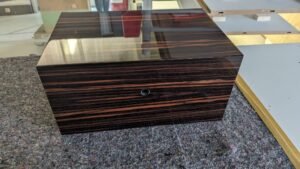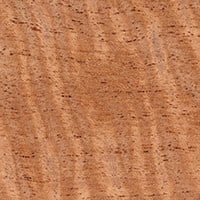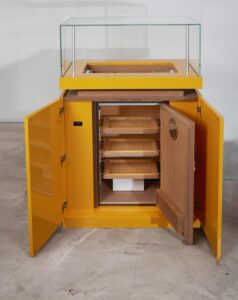
Spanish Cedar
The original Humidor wood

wood and gerber
Spanish Cedar
Cedrela and the humidor
Unfortunately, many manufacturers shy away from using true Cedrela in their humidors due to the higher price. Some even believe that it is acceptable to use other kinds of wood inside a humidor.
Therefore, the market is flooded with inferior quality humidors. The use of any other kind of wood can actually end up damaging the cigar. The so-called “real” cedar lining that manufacturers of discount humidors advertise, is not really Spanish cedar, but ordinary cedar. The choice of this kind of wood can destroy an entire cigar collection. The smell of ordinary cedar is far too resinous and overshadowing for the finely differentiated flavor of a cigar. Within only a few days in such a discount humidor, all the cigars will end up smelling and tasting like resin.
The use of other woods, such as some of the related mahogany species, are not as quick to damage your collection, but they have an equally damaging effect. While Cedrela supports the maturation process of the cigar with its natural aroma, the cigars in a inferior humidor lose their flavor due to the overpowering smell of the ordinary cedar. The cigar doesn’t actually dry out, but the lack of flavor makes it just as unpalatable.
It’s not just the wonderful aroma that makes the Cedrela the perfect tree for the constructions of humidors, but it also has several other natural properties that are beneficial. The special elements in and taste of the wood protect the cigars from tobacco worms and fungus which would otherwise easily creep out of the wood and onto the cigars. The wood itself is difficult for water to saturate, but it does retain moisture for a long time and therefore has a regulating effect.

